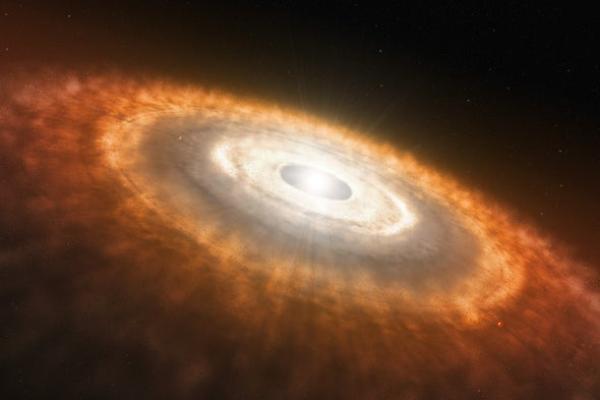
Title: Supermassive Black Holes from AU to Megaparsec: Fundamentally New Physics in Accretion Disks
Abstract:
Supermassive black holes at the centers of galaxies present major unsolved theoretical challenges. For decades, our models have struggled to understand how such “monster” black holes could form and exist at all. But new multi-physics, multi-scale simulations have led to major breakthroughs. I’ll argue these could transform our understanding of how such black holes could form, “where they come from,” and how they grow. With the novel ability to follow the plasma radiation-magneto-thermo-chemistry from scales of megaparsecs down to horizon scales, we find that many of the “textbook” assumptions of accretion theory are incorrect. A new and qualitatively different type of accretion disk emerges closer to the black hole, where magnetic fields control the dynamics but promote rapid accretion, potentially resolving many decades-old problems of the “classic” accretion disk model, explaining much of the AGN “ecosystem” naturally, and enabling super-Eddington accretion and rapid black hole growth in the early universe. I’ll discuss what this means for our “conventional wisdom” for black hole fueling and feedback as well as star formation in the galactic environment around black holes.
